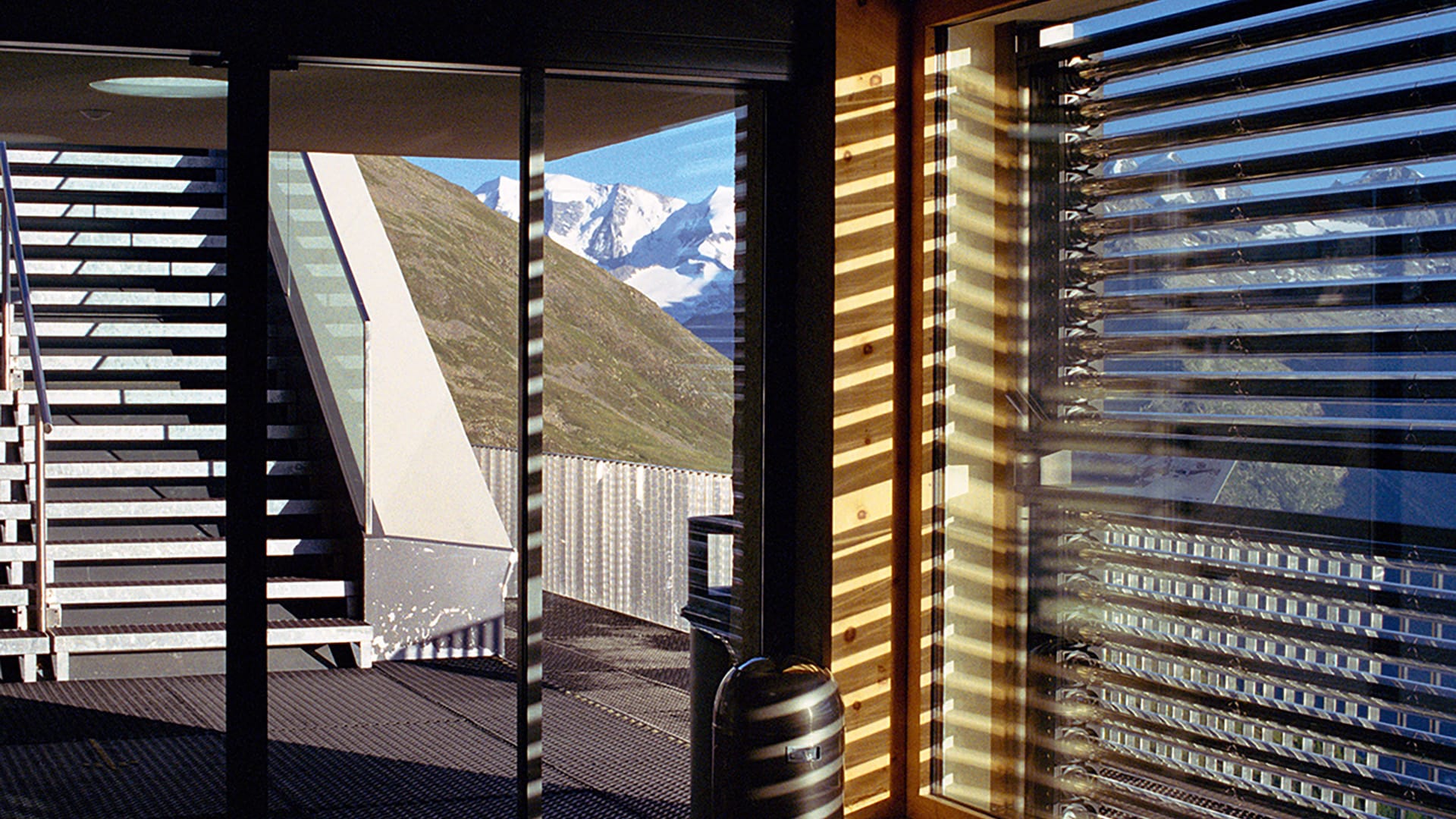The writer, art historian, and photographer Teju Cole has published a book with MACK which reveals his fascination with the Alpine republic. He visited the country six times between 2014 and 2016, showing both the territory and the way it is represented.

You’re getting blind.
Don’t miss the best of visual arts. Subscribe for $9 per month or $108 $90 per year.
Already suscribed ?



